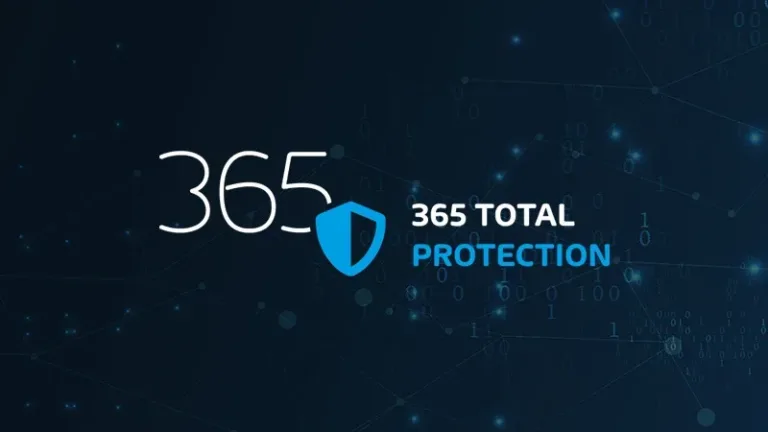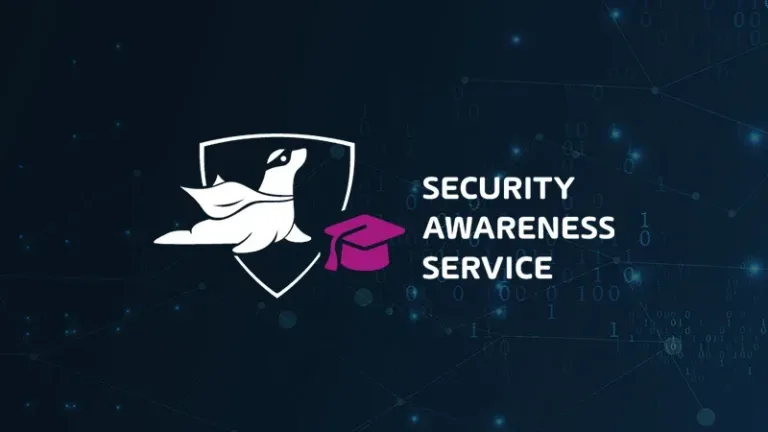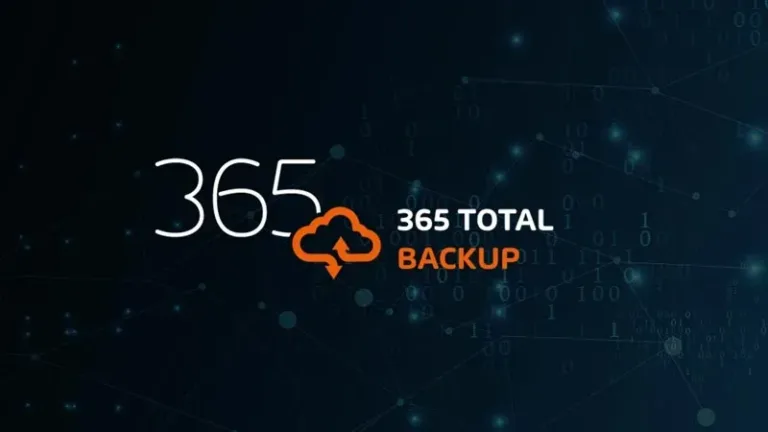

FQDN
Fully Qualified Domain Name
Definition: What is an FQDN?
FQDN stands for “Fully Qualified Domain Name”. A mail server must be fully named on the Internet. A mail server cannot be called “server”, but must have a full name such as “server.domain.tld”.
An IP address is more anonymous than a host name, thanks in particular to knowledge of the domain name and therefore, in theory, the owner of the server. By requiring mail servers to have a full name, certain international operators have imposed a de facto standard, with the aim of making electronic communications more secure. Unfortunately, although this is now necessary, the FQDN is far from sufficient.
FQDN vs. Hostname — What’s the Difference?
While the terms hostname and FQDN are related, they are not the same:
| Hostname | Fully Qualified Domain Name (FQDN) |
| A hostname is the simple, human-readable name assigned to a device on a network. | An FQDN is the complete domain name that uniquely identifies a host within the hierarchical Domain Name System (DNS). |
| It identifies a machine locally or within a domain, but does not necessarily specify its full location on the internet. | It includes the hostname plus the domain name (and often the top-level domain). |
Example: server1 | Example: server1.example.com |
How do I create an FQDN?
To create an FQDN, you need to follow the hierarchical structure of the Domain Name System (DNS). An FQDN generally consists of the hostname followed by the domain name. For example, if you wanted to create an FQDN for a server named “server1” in the “example.com” domain, the FQDN would be “server1.example.com”.
When designing or registering FQDNs, be aware that a complete fully qualified domain name is limited to 253 characters, not counting the trailing dots. Each individual label—that is, a section between dots—can be at most 63 characters. These limits are defined by DNS standards.
How can I find out my FQDN?
To find out the FQDN of your own server, you can use the “hostname -f” command on many operating systems. This command will display the full FQDN of your server.
How should an FQDN be named?
The naming of an FQDN generally follows the rules and practices of the domain name system. It is common practice to use names that are descriptive, meaningful, and consistent with the purpose or function of the server or domain. It is also important to follow the naming conventions specific to your organisation or environment to ensure consistency and efficient management of domain names.
Example
“www.hornetsecurity.com” is a Fully Qualified Domain Name (FQDN), for which “hornetsecurity.com” is the domain name.
Learn about HORNETSECURITY’S SERVICES
Interested in Related Topics?
Did you like our contribution to FQDN? Then other articles in our knowledge base might interest you as well! We help you learn more about cybersecurity related topics such as Emotet, Trojans, IT Security, Cryptolocker Ransomware, Phishing, GoBD, Cyber Kill Chain and Computer Worms.


